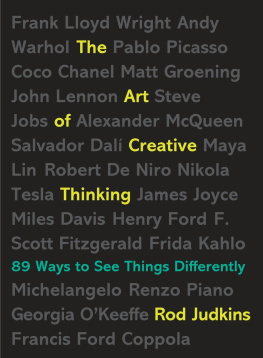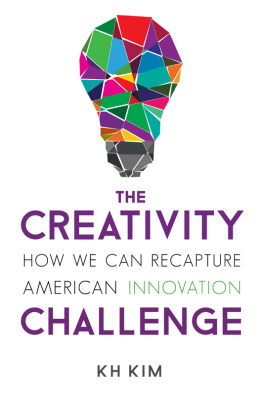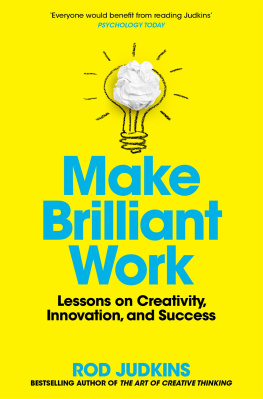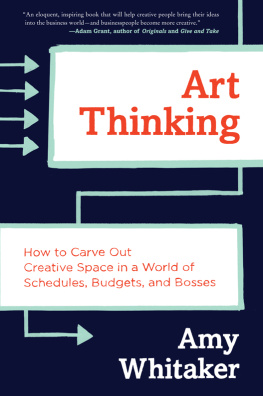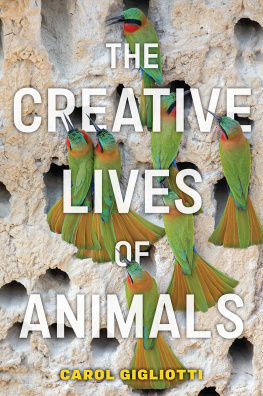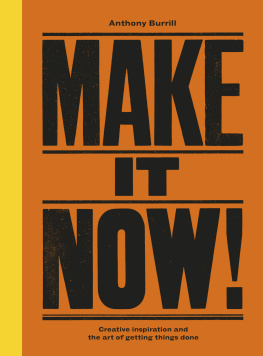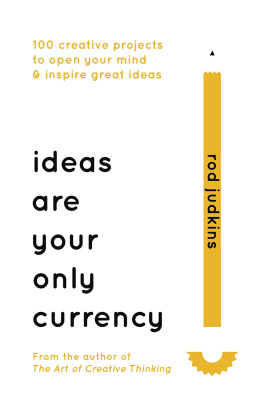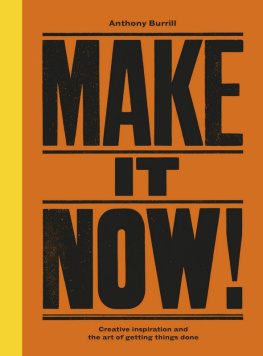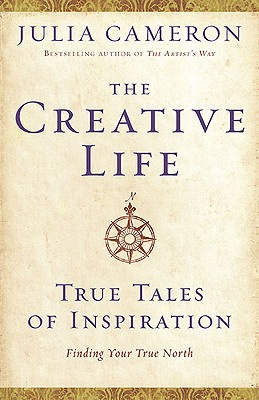Penguin supports copyright. Copyright fuels creativity, encourages diverse voices, promotes free speech, and creates a vibrant culture. Thank you for buying an authorized edition of this book and for complying with copyright laws by not reproducing, scanning, or distributing any part of it in any form without permission. You are supporting writers and allowing Penguin to continue to publish books for every reader.
Illustrations by the author.
Judkins, Rod, author.
The art of creative thinking : 89 ways to see things differently / Rod Judkins.First edition.
1. Creative thinkingMiscellanea. I. Title.
Most Perigee books are available at special quantity discounts for bulk purchases for sales promotions, premiums, fund-raising, or educational use. Special books, or book excerpts, can also be created to fit specific needs. For details, write: SpecialMarkets@penguinrandomhouse.com.
i ntroduction
When I first stepped into an art college as a student, I instantly felt at homefor the first time ever.
At school prior to that, creativity had been suppressed and crushed. It was something that teachers and authorities actually feared. They regarded it as dangerous, something they couldnt control. They steered students away from it in the same way they steered them away from drugs, burglary and gambling.
At art college I found the opposite. The spirit was one in which mistakes were good. Where you could try and fail. There was no emphasis on getting it right. All around me were people experimenting for the sheer hell of it, doing things that made no senseor rather doing things because they made no sense. There was an air of freedom and release. Meanwhile, in the world outside, people were being thoughtlessly reasonable, doing something because it was what everyone else was doing. Paradoxically, the creative thinking of art college led to more worthwhile accomplishments than the logical, sensible approach. Many years later, when I returned to art education as a university lecturer, I found the environment to be the same.
Since emerging from art college all those years ago, Ive balanced various rolesas an educator, artist, writer, adviser and speakerand have also become a hunter-gatherer of creative techniques. After leaving the Royal College of Art, I had numerous solo exhibitions of my paintings. I have exhibited in many countries, and also at Tate Britain, the Royal Academy and the National Portrait Gallery. Ive taught at Central Saint Martins College of Art since 1999 and am also a creative consultant, working with companies and businesses around the world, delivering workshops that solve professional problems using creativity as the key. The workshops reveal useful techniques that access original ideas and help people and businesses develop a more direct relationship to their own creativity.
I care passionately about taking the spirit of creativity that exists in the art world out into the wider world. I didnt write The Art of Creative Thinking because I wanted to. I wrote it because it was needed. In my many years helping students, businesses and companies across various industries, and people in all fields, from scientists to office workers, I have seen firsthand how thinking creatively can transform everyday life. Ive shown how the principles of jazz improvisation could make an admin office run more smoothly, how to help an entrepreneur whose scuba-diving company was facing bankruptcy because sharks had infested the area (long story short: we made this his unique selling point) and helped a company to sell their designer furniture by promoting it as uncomfortable.
This book is intended to be an overview of many useful creative-thinking techniques, and an examination of the thought processes and methods creative people use and which can be used to help everyone. But I also want to share stories of some of the inevitable obstacles that aspiring creative thinkers encounter and the methods they use to overcome them. These are challenges that all of us face in day-to-day life, whatever our career or field of expertise: anxiety that we have no special talents; the absence of any burning, driving passion; craving success in an area were not actually any good at; being unable to make a living from our true passion; having too many other responsibilities and commitments; feeling either too young or too old, too nave or too jaded.
This book is not meant to be read in a linear way. When your creativity is running low or you feel the need for inspiration, open it to any page at random.
The Art of Creative Thinking began as a tribute to what all of us can learn from art school, but what I hope to show more than anything is that thinking creatively is not a professional activityits a way of relating to your life. Creativity is not about creating a painting, novel or house but about creating yourself, creating a better future and taking the opportunities that you are currently missing.
s ee what happens when you make something happen
On the classic TV game show Whats My Line? the blindfolded celebrity panelists interrogated a mystery guest in order to determine the guests occupation. The guest was restricted to yes-or-no answers. In the most fascinating episode of the show, the panelists quickly became perplexed because the guest answered yes to almost every occupation they inquired about. They asked him if he was a writer and he answered yes. It was true; as well as three nonfiction books, he had written a novel, Hidden Faces. Asked if he was a performer: yes. Had he produced any pieces of performance art? Yes. At one point an exasperated panelist exclaimed, Theres nothing this man doesnt do! The program descended into hilarious chaos.
The guest could also have said that he was a furniture maker; he designed many chairs, and his sofa of Mae Wests lips became a design classic. As a filmmaker he created the groundbreaking Un Chien Andalou and LAge dOr. He also masterminded the ethereal dream sequence in Hitchcocks Spellbound and the unique short animated film Destino with Walt Disney. As a jewelry-maker he created intricate jewelry designs that often contained moving parts, such as the Royal Heart, made of gold and encrusted with rubies and diamonds, with a center beating like a real heart. As an architect he designed buildings, the most famous being his house in Port Lligat and his extraordinary Teatro Museo in Figueres. He wanted a house, so he made onewhy let someone do it? He also designed theater sets, clothes, textiles and perfume bottles. He even created a personAmanda Lear. He met her in a nightclub in 1965 when she was called Peki DOslo. He renamed her, reinvented her and spread mysterious stories about her, successfully launching her into the disco/art scene, which she then took by storm.
When the Whats My Line? panelists lifted their blindfolds, the mystery guest was revealedsurrealist painter Salvador Dal.

